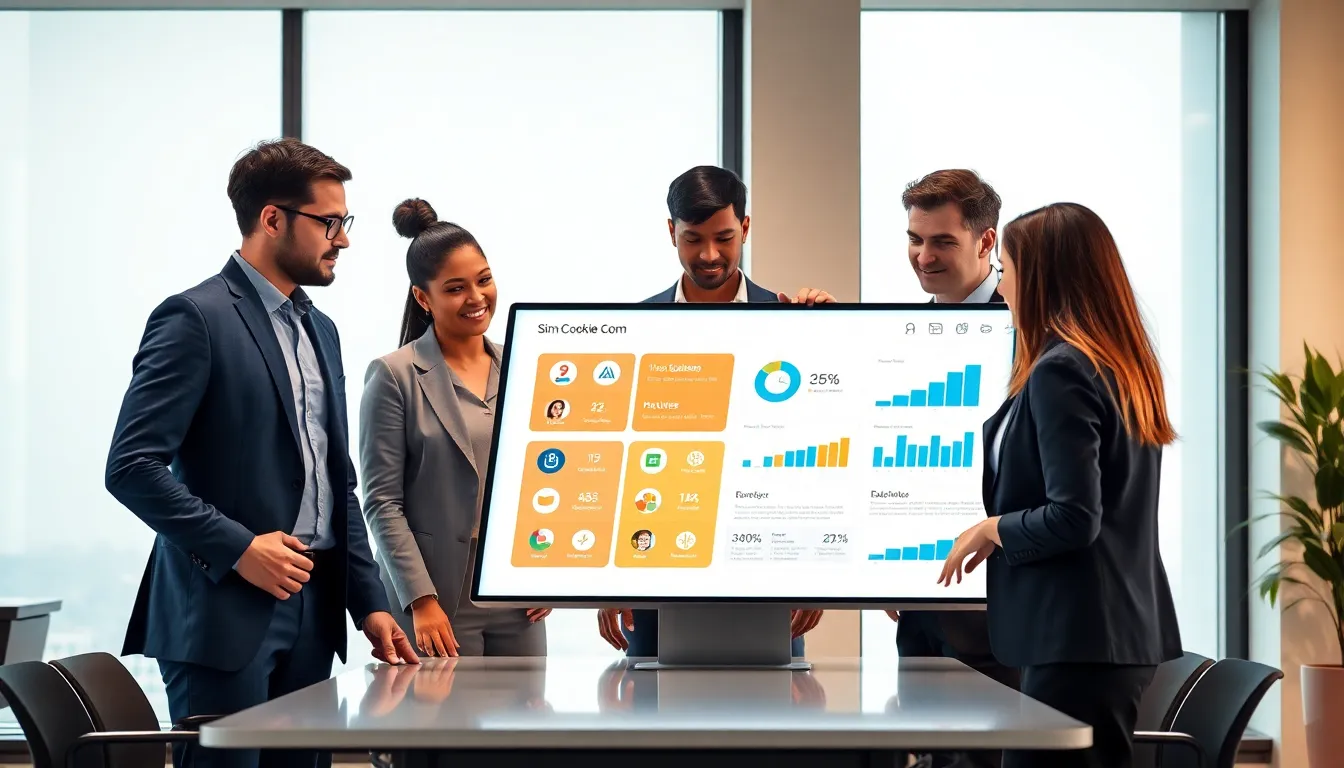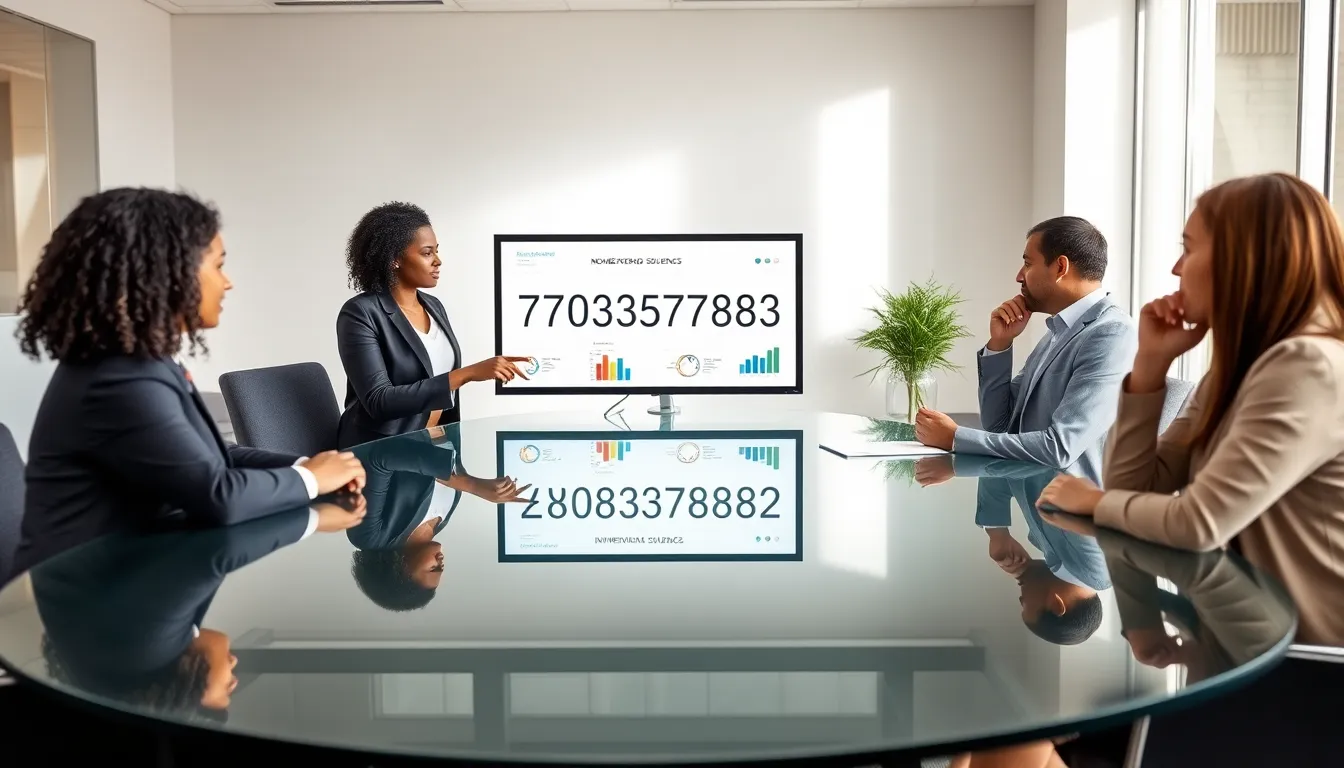
Employee monitoring software often gets a bad rap. It’s typically viewed as a tool for surveillance or micromanagement, aimed solely at catching people slacking off. But that’s just the tip of the iceberg. Beneath the surface, these tools offer a surprising return on investment (ROI) that goes far beyond time theft prevention.
When implemented strategically, employee monitoring software can help businesses uncover workflow inefficiencies, improve project outcomes, and even boost employee satisfaction. In this article, we’ll unpack the hidden ROI companies can unlock by using these tools the right way.
1. Time Theft Prevention: The Obvious but Valuable Benefit
Let’s start with the most talked-about use case: preventing time theft.
Whether it’s long unrecorded breaks, buddy punching (in shared logins), or passive “mouse-jiggler” activity, time theft adds up. For large organizations, it can cost millions annually in lost productivity.
Employee monitoring software can:
- Automatically log active/idle time.
- Identify suspicious patterns like frequent idle status during work hours.
- Detect use of mouse jigglers and similar tools with mouse jiggler detection features.
- Ensure hours billed (especially in agencies or client-based roles) reflect real work.
ROI Snapshot:
A 50-person company saving just 30 minutes per employee per week in recouped time = 1,300+ hours annually. At $30/hour average wage, that’s $39,000/year saved—pure profit.
2. Workflow Optimization: Discovering the Inefficiencies You Can’t See
Beyond time tracking, monitoring software offers insight into how employees work—not just when.
By analyzing usage data across apps, websites, and projects, businesses can:
- Spot redundant tools or software subscriptions.
- Identify bottlenecks in common workflows.
- Compare high-performing team habits with underperforming ones.
- Shift resources toward more efficient practices.
Real-World Example:
A tech startup realized their team was spending over 20% of their time switching between messaging platforms. By consolidating to one tool, they reduced context-switching and recovered dozens of hours per month—leading to faster sprint cycles and better team focus.
Pro Tip: Many tools now include productivity heatmaps, app usage breakdowns, and integration with project management platforms—turning raw activity data into actionable insights.
3. Improved Employee Accountability Without Micromanaging
Contrary to popular belief, transparency breeds accountability—not anxiety.
When employees know their performance is being tracked fairly and objectively:
- They’re more likely to stay on task.
- Team leads spend less time micromanaging and more time coaching.
- Conversations around performance become data-backed, not emotional.
When used ethically and with employee buy-in, monitoring software shifts the tone from “we’re watching you” to “we’ve got your back.”
4. Better Resource Planning and Forecasting
Monitoring tools can track how long specific tasks or projects take, allowing you to:
- Forecast project timelines more accurately.
- Price services or client contracts with real data.
- Assign the right number of people to each phase of a project.
This level of insight is especially valuable in creative agencies, IT firms, or any business operating on billable hours.
Example:
A digital marketing agency used employee monitoring to benchmark time spent on SEO audits. They adjusted their client pricing after realizing they were undercharging for what was actually their most time-intensive service.
5. Data-Driven Training and Development
By comparing activity trends, top-performers’ habits, and productivity dips, companies can identify skill gaps and training needs.
Rather than guessing who needs help or why a team is falling behind, managers can:
- Spot patterns of underperformance.
- Personalize training to specific workflows.
- Help employees work smarter, not harder.
Over time, this builds a high-performing culture rooted in growth, not punishment.
6. Enhanced Compliance and Security
Monitoring software can also protect businesses from legal and cybersecurity risks by:
- Detecting unauthorized software installs or risky browsing habits.
- Logging sensitive file access and transfers.
- Ensuring employees comply with data privacy policies and regulatory standards (HIPAA, GDPR, etc.).
For industries like healthcare, finance, and legal services, this is a game-changing layer of risk management.
Getting the Most Out of Monitoring: Tips for Ethical and Effective Use
Make it Transparent
Communicate what’s being monitored and why. Get employee feedback before implementation.
Focus on Outcomes, Not Just Activity
Avoid valuing “busyness” over real results. Use monitoring to support—not judge.
Respect Privacy Boundaries
Disable tracking outside work hours or on personal devices. Use features like anonymized reports to monitor trends, not individuals.
Final Thought: Monitoring Is a Smart Investment—If You Use It Smartly
The conversation around employee monitoring software is evolving. It’s no longer just about catching bad actors—it’s about empowering good teams. With the right setup, these tools deliver a strong ROI by reducing waste, improving focus, enhancing planning, and creating a culture of accountability grounded in data and transparency.
When used with intention and integrity, employee monitoring becomes not a cost—but a competitive advantage.













